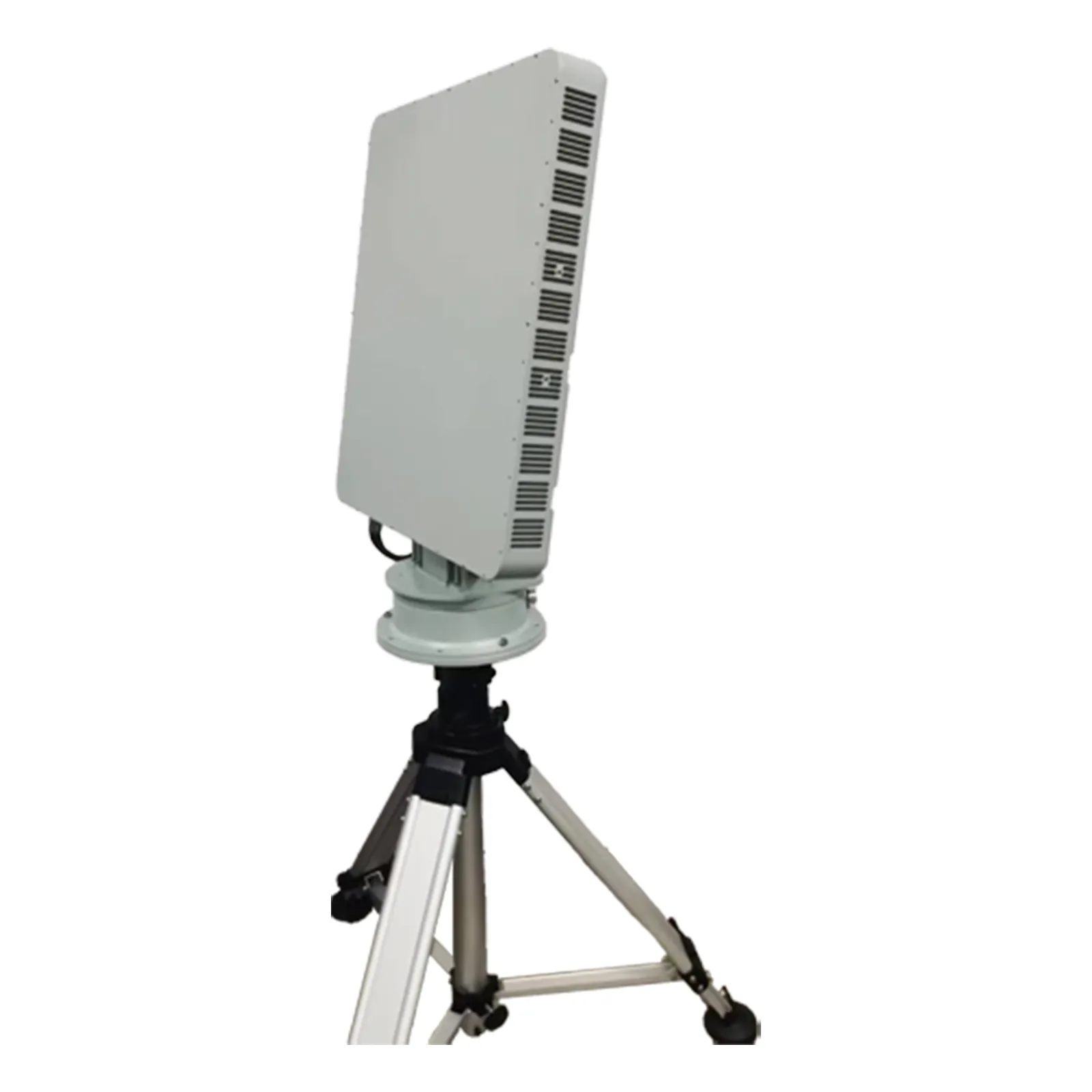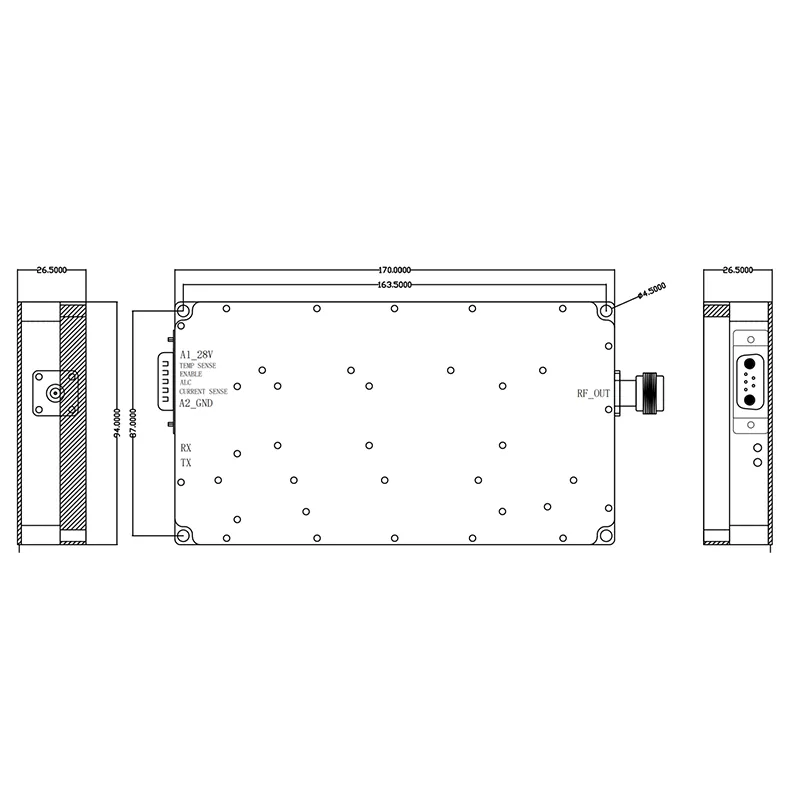50W RF Amplifier High Power, Durable 5W-300W RF Signal Boosters
- Understanding the Basics of 50 Watt RF Amplifiers
- Technical Advantages of Modern RF Amplifiers
- Comparing 50W, 5W, and 300W RF Amplifiers
- Custom Solutions for Diverse Applications
- Performance Metrics Across Leading Brands
- Real-World Applications and Case Studies
- Why 50 Watt RF Amplifiers Are a Strategic Choice

(50 watt rf amplifier)
Understanding the Basics of 50 Watt RF Amplifiers
Radio Frequency (RF) amplifiers are critical components in wireless communication systems, designed to boost signal strength with minimal distortion. A 50 watt RF amplifier strikes an optimal balance between power efficiency and operational flexibility, making it ideal for mid-range applications such as amateur radio, public safety networks, and industrial sensors. These amplifiers typically operate within a frequency range of 1 MHz to 2 GHz, achieving a gain of 50–60 dB while maintaining a noise figure below 2 dB. Their compact design and thermal stability ensure reliable performance even in demanding environments.
Technical Advantages of Modern RF Amplifiers
Modern RF amplifiers leverage advanced semiconductor technologies like GaN (Gallium Nitride) and LDMOS (Laterally Diffused Metal Oxide Semiconductor) to deliver superior efficiency. For instance, a 50W GaN-based amplifier achieves 70–75% power-added efficiency (PAE), compared to 50–60% for traditional Si-based models. Key features include:
- Wideband operation (up to 6 GHz) for multi-standard compatibility.
- Integrated thermal management systems to prevent overheating.
- Low harmonic distortion (<-30 dBc) for clean signal amplification.
Comparing 50W, 5W, and 300W RF Amplifiers
| Parameter | 5W RF Amplifier | 50W RF Amplifier | 300W RF Amplifier |
|---|---|---|---|
| Power Output | 5W | 50W | 300W |
| Typical Efficiency | 45–55% | 65–75% | 60–70% |
| Frequency Range | 100 kHz–1 GHz | 1 MHz–6 GHz | 500 kHz–4 GHz |
| Cost (USD) | $120–$200 | $800–$1,500 | $3,000–$5,000 |
Custom Solutions for Diverse Applications
Tailored RF amplifiers address niche requirements, such as military-grade ruggedization or ultra-low-noise medical imaging. For example, a customized 50 watt RF amplifier might include:
- Adjustable output power (10–50W) for variable load conditions.
- Enhanced shielding to mitigate electromagnetic interference (EMI).
- Software-defined control interfaces for IoT integration.
Performance Metrics Across Leading Brands
Brands like Mini-Circuits, Qorvo, and Analog Devices dominate the RF amplifier market. Mini-Circuits’ ZHL-50W-63+ offers a 50W output with 65% efficiency across 0.7–6 GHz, while Qorvo’s QPA4501 achieves 75% PAE but at a 20% higher cost. Analog Devices’ HMC8200 provides a balance between price and performance, targeting industrial automation.
Real-World Applications and Case Studies
In 2022, a European telecom provider deployed 50W RF amplifiers to enhance 5G small-cell coverage, achieving a 40% reduction in signal dropouts. Similarly, a medical equipment manufacturer integrated these amplifiers into MRI machines, improving image resolution by 15% through reduced noise interference.
Why 50 Watt RF Amplifiers Are a Strategic Choice
The 50 watt RF amplifier remains a cornerstone in RF engineering due to its versatility and cost-effectiveness. For projects requiring moderate power with high reliability—such as UAV communication or satellite ground stations—it delivers unmatched value. As wireless standards evolve, these amplifiers will continue to bridge the gap between low-power portability and high-power performance.

(50 watt rf amplifier)
FAQS on 50 watt rf amplifier
Q: What are the typical applications of a 50 watt RF amplifier?
A: A 50 watt RF amplifier is commonly used in amateur radio systems, small communication transmitters, or low-power broadcasting setups. It balances efficiency and signal strength for mid-range transmission needs.Q: How does a 300 watt RF amplifier differ from a 50 watt model?
A: A 300 watt RF amplifier provides higher output power, making it suitable for commercial broadcasting, long-range communication, or radar systems. However, it requires more robust cooling and power supply compared to a 50 watt version.Q: When would a 5 watt RF amplifier be sufficient?
A: A 5 watt RF amplifier is ideal for short-range applications like lab testing, low-power IoT devices, or portable radio receivers. It minimizes energy consumption while maintaining adequate signal clarity for localized use.Q: Can a 50 watt RF amplifier be used for FM broadcasting?
A: Yes, a 50 watt RF amplifier can support small-scale FM broadcasting or community radio stations. However, coverage range will be limited compared to higher-wattage amplifiers like a 300 watt model.Q: What factors should I consider when choosing between 5W, 50W, and 300W RF amplifiers?
A: Prioritize power requirements, intended range, energy efficiency, and cooling needs. For example, a 50 watt RF amplifier offers a middle ground for hobbyists, while 300W suits professional setups needing extended coverage.-
09 March 2021 07 Jul 2025
-
09 March 2021 07 Jul 2025
-
09 March 2021 07 Jul 2025
-
09 March 2021 07 Jul 2025
-
09 March 2021 07 Jul 2025
-
09 March 2021 21 May 2025
-
09 March 2021 25 Dec 2024
-
09 March 2021 14 Oct 2022
-
09 March 2021 25 Dec 2024














